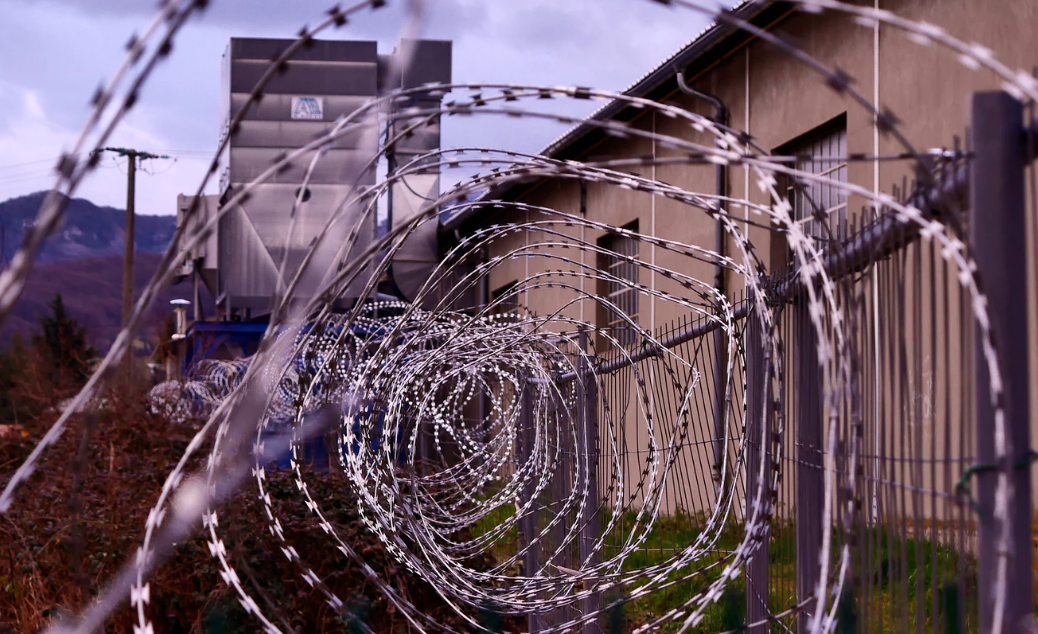It’s true: the American criminal justice system is not broken — it’s doing exactly what it is designed to do.
Far gone are the days when the only things that distinguished prisons from college campuses were the barbed-wired fences, gun towers, and . . . oh yeah, the fact that people couldn’t go home when class was over. But the most prominent features that make colleges what they are (classrooms full of eager, studious learners and willing instructors looking to advance the specialized knowledge of these students) were no different in prison settings across this vast country. But that was also when college tuition was available to inmates via the federal Pell Grant program — before President Clinton abolished this all-important rehabilitative mechanism with a single stroke of his presidential pen. Out went the funding for college degrees for inmates, and in came the rapid increase of mandatory minimum sentencing laws that would balloon the prison population to the staggering 2.2 million individuals that we see locked up (state, federal, and county jails) today.
Such laws came about with the introduction of the now infamous Crime Bill signed into law, incentivizing states to build new prisons by allocating billions of dollars for such projects. Logically, it then makes sense to devise laws that would sweep large numbers of bodies off the street and into jails and prisons for extended stays. Mandatory minimums made perfect sense during this era as an extremely sinister means to this egregiously inhumane ends. Moreover, the majority of those who make up the system are — wait for it — black and brown. Without attempting to litigate the veracity of the claim that there is inherent and even calculated bias and racism behind this outcome, it is fair to assert that the radical disproportionality of who is affected by this system is, at the very least, a problem that warrants being addressed.
Every year there are approximately 650,000 people released from incarceration. Within three years, two-thirds return to confinement for a host of reasons — they are unable to find gainful employment, housing, loans for higher education, etc. At every turn they are denied opportunity to fully reintegrate into their communities, whether it be through voting, participating in many volunteer programs, and/or furthering their careers. These folks succumb to the insidious notion that life is far too arduous for their withstanding, and it would be much easier to revert back to what they have always known. And like a conveyor belt that never stops moving – transporting its products from the beginning of the process to the end continuously – these people are swept back up, placed on the conveyor belt, and whisked away to the next arm of the system to be processed.
We often refer to our criminal justice system as “broken” because we are viewing it strictly from a humanitarian standpoint. We find it reprehensible that our country incarcerates its citizens at a much higher rate and for lengthier stays, on average, than any other nation on earth. We are repulsed at the fact that we funnel far more money into constructing and maintaining prisons in America than we do our schools and extra curricular activities — things that could actually deter kids from turning to crime when they are most impressionable. But the reality is, our nation is not concerned with preventing crime and offering its help to those who are most at-risk for committing such crime, but rather its focal point is rounding up as many people as it possibly can to keep an industry (yes, people actually can buy stock in private prison corporations) — a big business — thriving and ever-expanding. We endorse warehousing humans, not rehabilitating them. The latter would surely be counter-productive to this cause. The object is not to keep people out of the system by funding initiatives that have been proven to prevent crime and reduce recidivism; but rather to ensure that a large number of people stay ensnared in the criminal justice system, that they continue to take their place on the proverbial conveyor belt – over and over again. Therefore, when viewed more accurately for what it is, the system is not broken — it’s more like a well-oiled machine; fluidly carrying out its mechanical mission by doing exactly what it’s designed to do.escents who struggle with substance abuse.






0 Comments